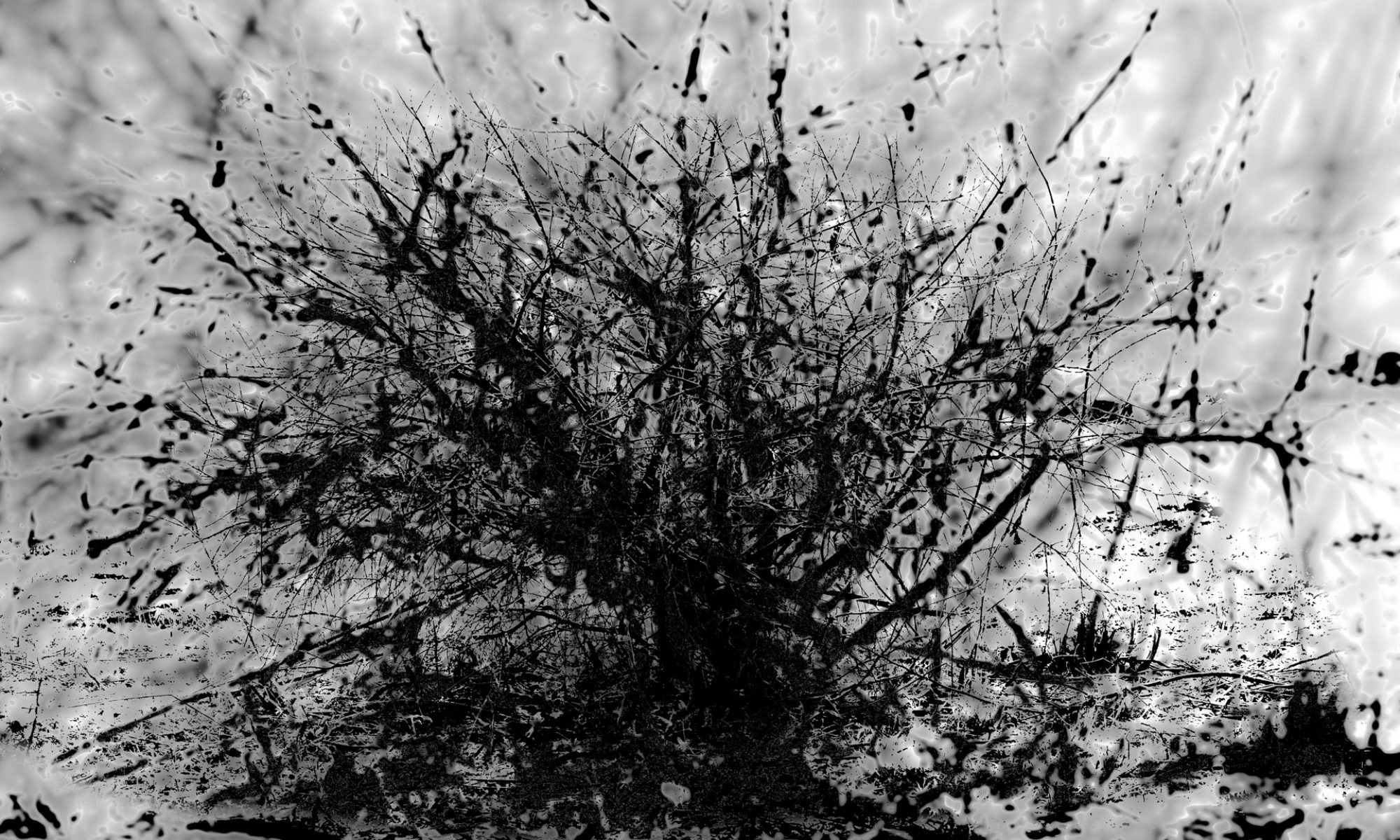Lessons I Learned From Tips About How To Clean Fine Art

Mix a few drops of mild dish soap with lukewarm water for tougher stains.
How to clean fine art. I catch the paint remnants in a coffee filter or bury them in a small gravel pit in. In the meticulous art of cleaning glass mosaic fine art, the initial step of preparation holds the key to achieving stunning results. Feather dusters and stiff brushes 5.
It is too late for a viable primary challenger to enter the race, and there. Dip a microfiber cloth in the solution, wring it nearly dry, and. How to protect your art prints from factors which shorten their lifespan?
Use brush soap to thoroughly clean the. You can clean marble pieces with a soft cloth and a bucket of soapy water (again, mild dish soap is recommended). To clean the whole palette, first wipe with a paper towel,.
There are measures that can be placed to limit the damage of natural aging, like using varnishes and storing the work properly. Determine the exact nature of your media and the damage to be repaired. Wash the brushes straight after using them.
Using masters brush cleaner is the best way to clean plastic (and metal) palettes. If the paint is wet, just wipe the sections you want to clean with a paper towel or rag. If the dirt or stain is more stubborn, you can try using a soft brush or eraser.
What you already have in your art cabinet can be used to eliminate palette stains. How do you take care of wall art? Preparing for cleaning.
The best way to protect fine art prints from sunlight damage is by keeping them out of direct sunlight. Fine art prints hold memories and sentiments within their delicate fibers, whether they are family heirlooms or valuable collector’s items. How to protect fine art prints from sunlight damage.
Household detergents, rubbing alcohol, lemon juice, vinegar 6. As long as he’s in the race, the answer is no. Rinse the brush with water, and repeat until no more paint comes off the brush when it is blotted.
Keep your artwork away from spaces that might experience ongoing fluctuations in temperatures,. Explore the balance between effective cleaning and preservation of your artwork, ensuring your treasured paintings. Mild detergent solution:
One of the most common ways for a painting to become damaged, dirty, or discolored, comes from everyone’s worst enemy: Instead, remove the majority of paint by dipping in safflower oil and. Remove dried paint from acrylic brushes.


















